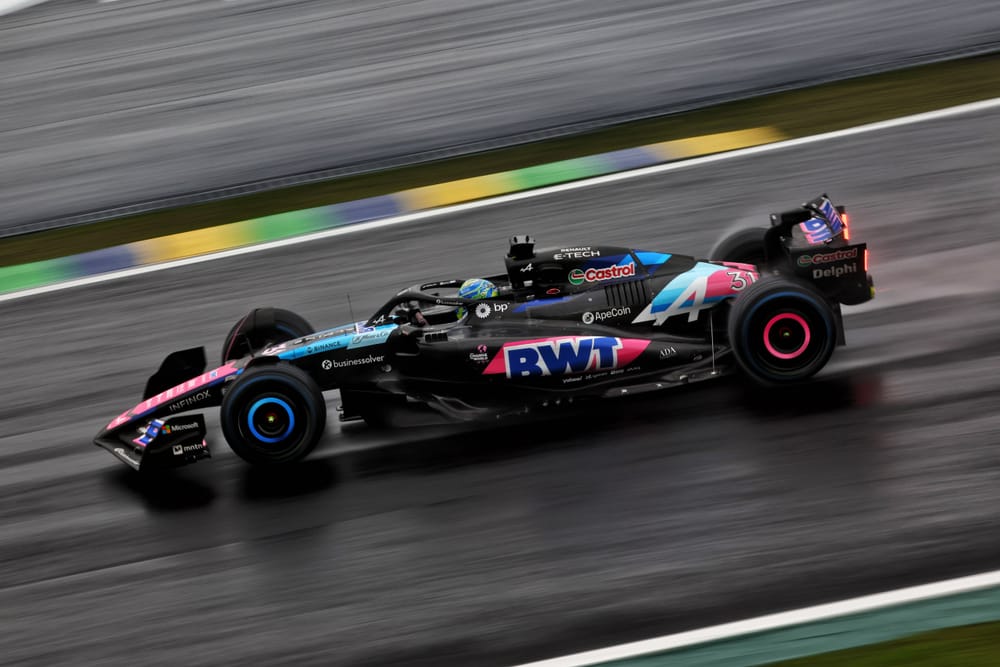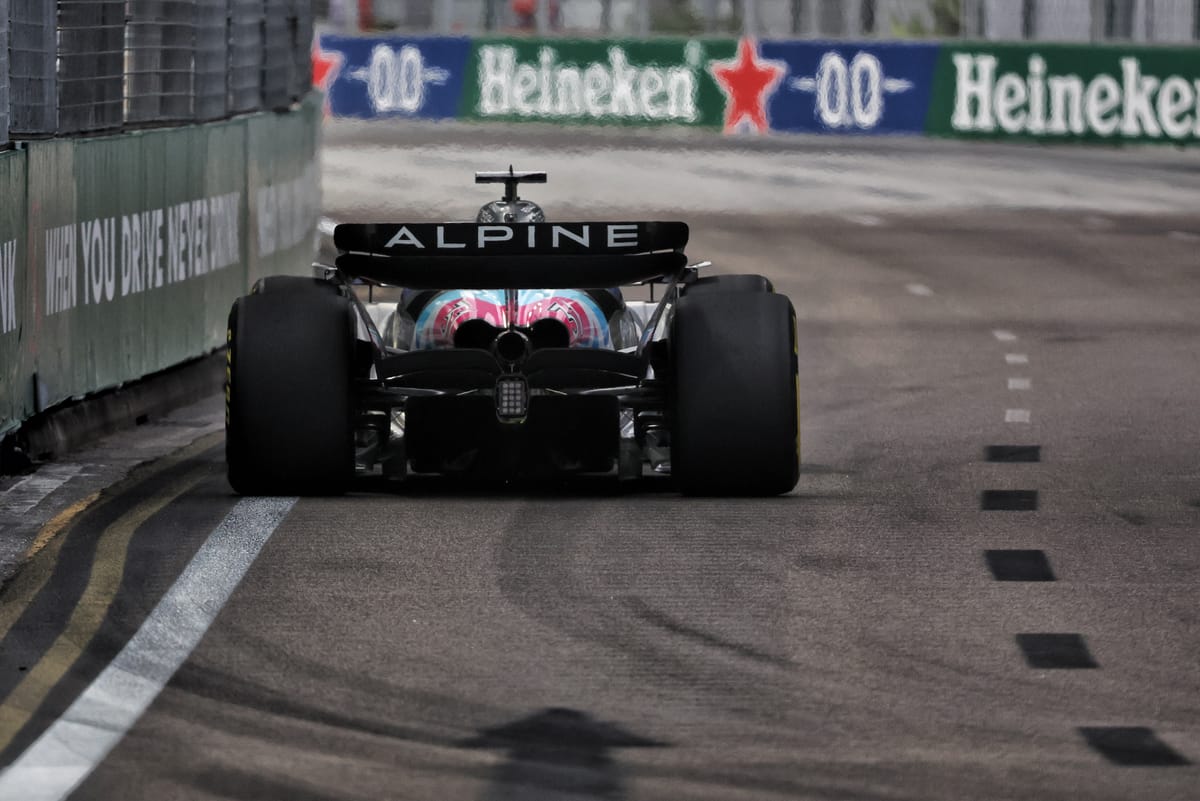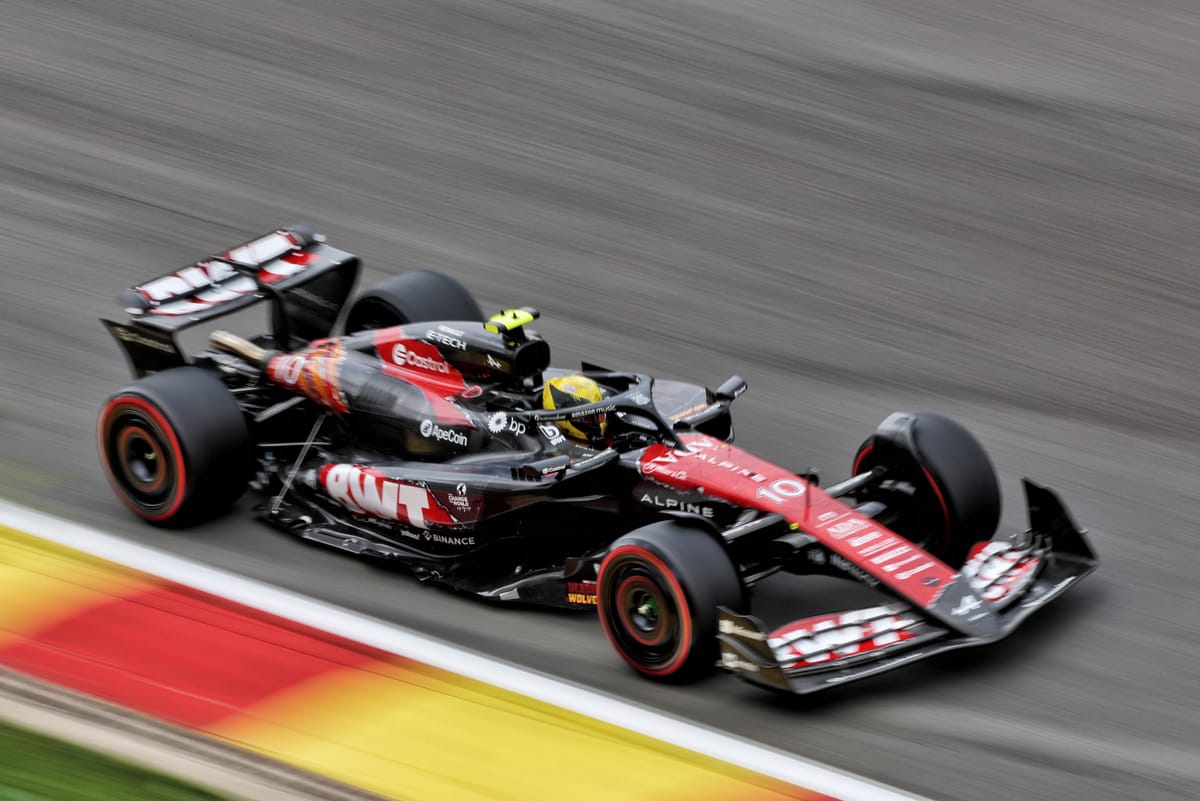Up Next

Alpine’s Formula 1 path is set after Renault concluded its deal to turn its works team into a Mercedes customer from 2026 onwards.
That is a questionable strategy from Renault, which is wilfully forfeiting the kind of control and potential advantage that all teams in F1 covet. However, in the short-term, it is a move that could assist 'Team Enstone' - one that is well worth fighting for.
Renault’s engine decision has inevitably led to a widespread belief in the paddock that Renault boss Luca de Meo and his F1 advisor Flavio Briatore will sell this team at some point in the next few years, and decoupling it from the Alpine engine facility in Viry will make that process easier.
This continues to be denied by senior Alpine figures, most recently after the team’s shock double podium finish at the last race in Brazil, where team principal Oliver Oakes spoke supportively of de Meo.
“I know everybody likes to write that he wants to sell the team, which isn't true,” Oakes said.
“He's always been very firm that he's in F1 for the long-term, and you can see really how passionate he is about this project, and I'm grateful to have him.”
Oakes took charge in August, and although he is obviously aligned with the Renault boss and Briatore, he hasn’t just gone to bat for the senior figures since then.
In his first proper media briefing he said Enstone needed a team boss that would take a bullet for them.
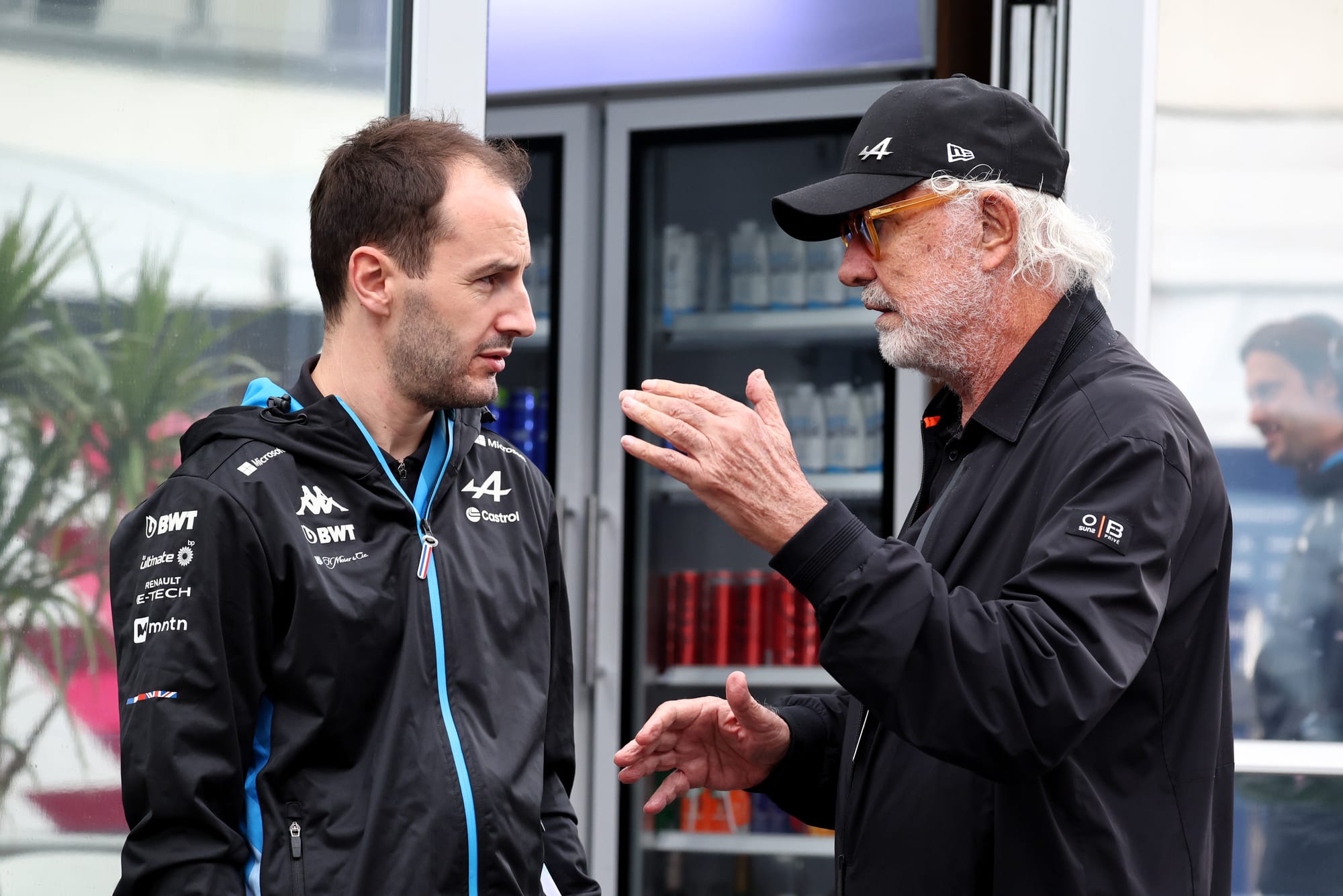
And he has been repeatedly enthusiastic about what he has found at one of F1’s oldest and most successful teams – which even with Renault’s re-investment, has struggled to recover from falling to its knees a decade ago with crippling financial problems.
Mismanagement has been key to that, which de Meo must shoulder some responsibility for, along with underachievement on the engine side and some questionable individual leadership along the way. Briatore and Oakes are trying to unpick the worst of that and improve what is left.
So, while Enstone has Oakes’ support, it is not immune from scrutiny. There is work ongoing to evaluate where investment is required to enhance existing facilities and strengthen key staff areas – primarily in aerodynamics – and also how working practices need to evolve.
Alpine built the fourth-best car in F1 just two years ago and that potential doesn’t just disappear overnight.
Its Interlagos heroics showed that the development work on this year’s car, which started as F1’s slowest, and the sharpness of the trackside team, are still of a very high standard. That result wouldn’t have been possible a few months ago and for the first time since 2022 this team has some actual momentum.
“This does help us to keep the confidence going in the team,” Oakes said of the Brazil result.
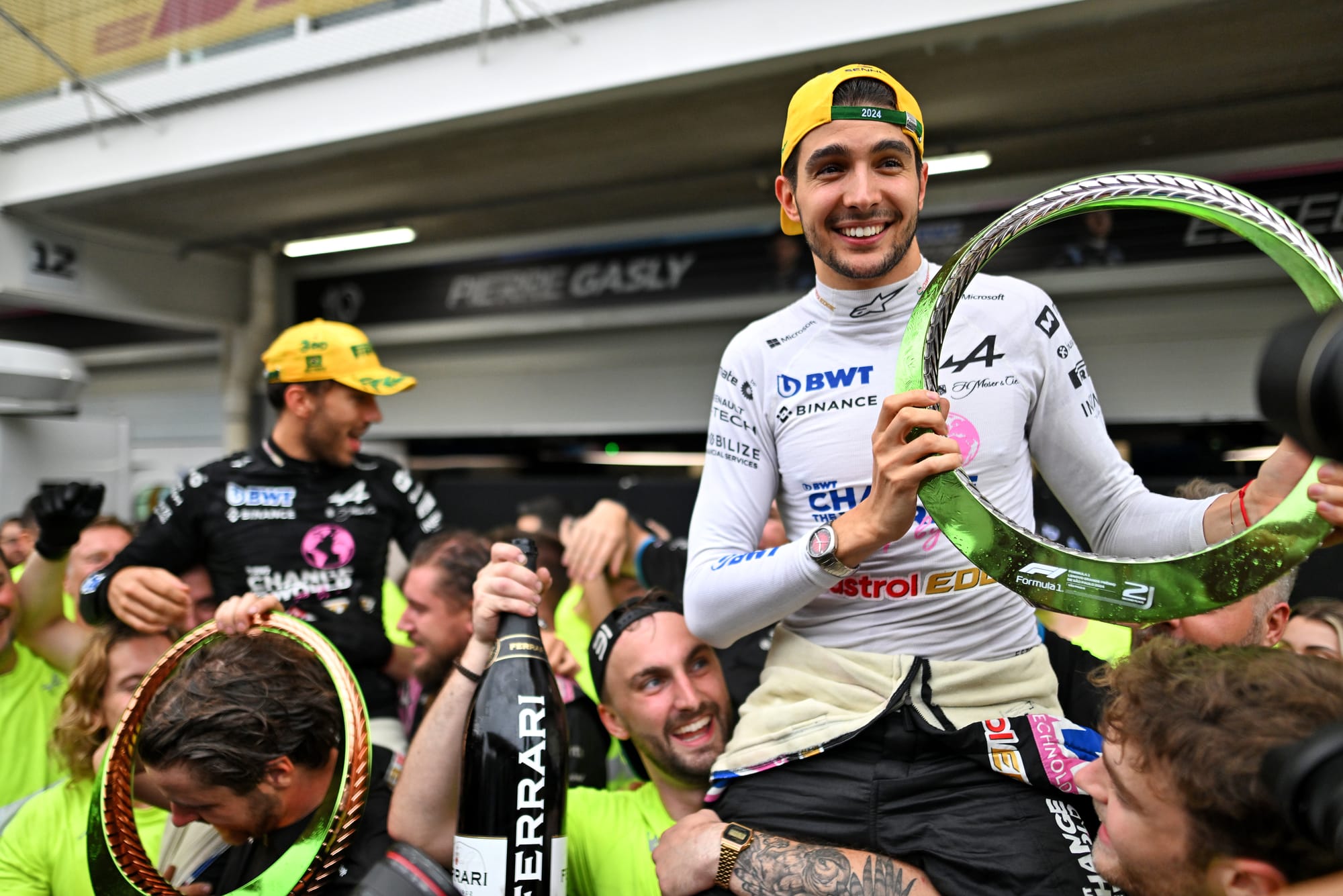
“Since I arrived after the shutdown, I could see already really, in the build-up to Austin, we were sort of tempering expectations, because it has been really hard to develop the car, especially in-season. We've seen that with quite a few teams.
“In Austin I was full of praise for the fact that they brought performance to the car. It was a bit trickier in the race, but then it was nice to, in Mexico, back that up in another way with points.
Team Statement
— BWT Alpine Formula One Team (@AlpineF1Team) November 12, 2024
BWT Alpine Formula One Team and Mercedes-Benz sign Power Unit and Gearbox agreements. pic.twitter.com/ucLBR70kK9
“And then I think here [Brazil] to see another improvement on that, it definitely does help.
“It's more actually just credit to everyone at Enstone and Viry, because I think for them, it does mean a lot, you can see that.”
Viry got a nod because, until the end of next year, it is still part of the equation. And the engine is not a complete disaster. But it can’t change like the car can, so it would be naïve to think the progress in 2024 has come down to the engine suddenly not having a deficit.
If anything, a race like Brazil in unusual conditions is a nod to what’s possible when the stars align – because if it was that easy, lesser teams with slower cars would have grabbed that result. The task for Oakes, Briatore and de Meo is to get those stars aligned more often.
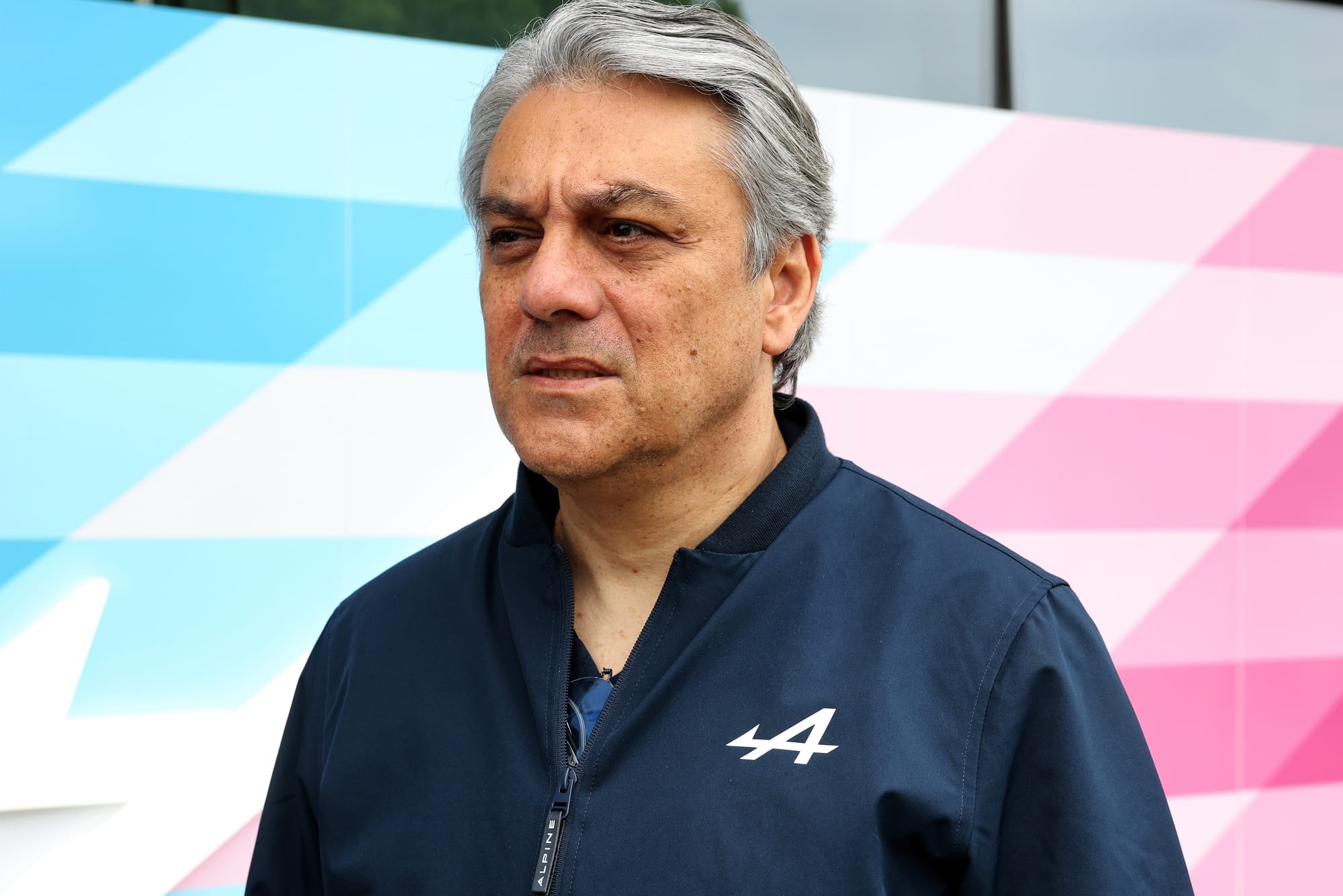
For whatever reason – investment, management, irreconcilable geographical differences – that could never happen in almost a decade of being a works team. And Renault somehow ended up with a works F1 team weaker than the sum of its parts. Which is a failure.
Whether it turns out to be a sticking plaster or something more viable, it’s got to be beneficial in the short-term to eliminate a problematic engine and replace it with a known quantity: the engine that’s won the joint-most races this year and has been the most successful in the turbo-hybrid era overall.
It still reflects poorly on Renault that it couldn’t turn being a works F1 team into a consistent success and has given up on trying. It also remains an unambitious move, one that robs the programme of its maximum potential.
But how much it detracts – a negligible amount, or enough to commit the team to a slightly limited future – will only be known in 2026. And for Alpine itself it’s probably better, with a simpler arrangement that ideally brings out the best of a focused Enstone again. What that can achieve will then depend on others. That's the downside.
Renault’s best reference for the potential a Mercedes customer has right now is McLaren winning races and being favourite for the constructors’ world championship. And McLaren finished behind Alpine in the standings just two years ago.
That’s a good target to aim for but it’s worth remembering McLaren has been fine-tuning its Mercedes relationship for several years, has been planning around Mercedes’ engine geometries for 2026 for a long time already, and also produces its own gearbox and rear suspension.
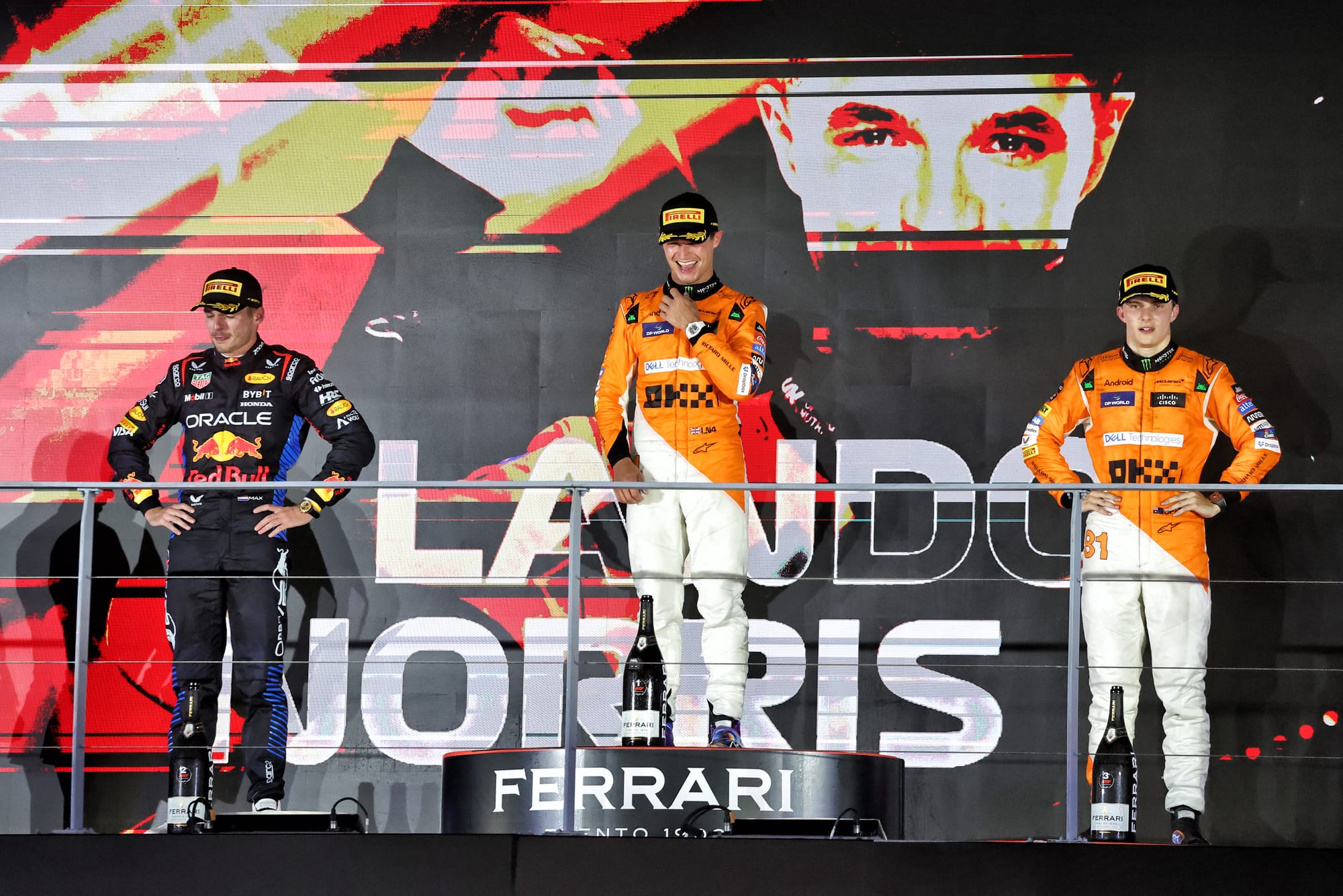
Alpine’s customer reality will be a little more compromised to begin with, as an engine, gearbox and rear suspension supply is the same as what Aston Martin and Williams have.
That’s just another variable that needs to be considered as it’s another area Alpine is ceding control in its car design - at least temporarily - because it is understood to be interested in exploring its own gearbox and rear suspension design around the Mercedes engine from 2027 onwards.
Ultimately, that maximum theoretical potential has been traded for cost efficiency and a likely engine performance boost. Even if having to go this way speaks to deeper issues that Renault couldn’t resolve, it is pragmatic and will probably be effective.
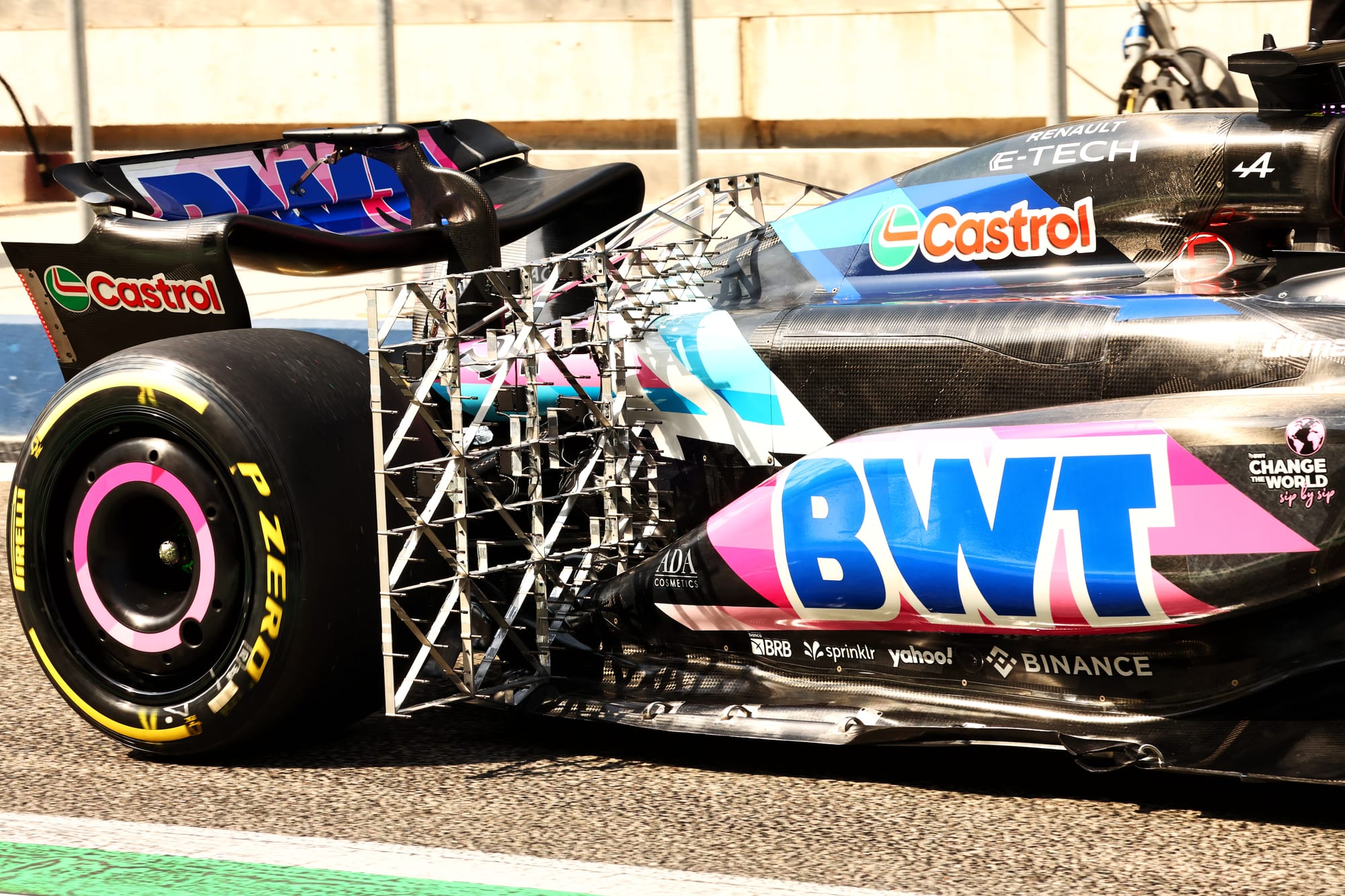
There are bound to be people at Enstone who share some of the concerns raised here, but on the evidence of the engine programme in the hybrid era, this should help the team show more of what it’s capable of.
If it doesn’t, Renault may reconsider how palatable life in F1 really is as a customer: and that’s when the talk about selling will intensify again.

